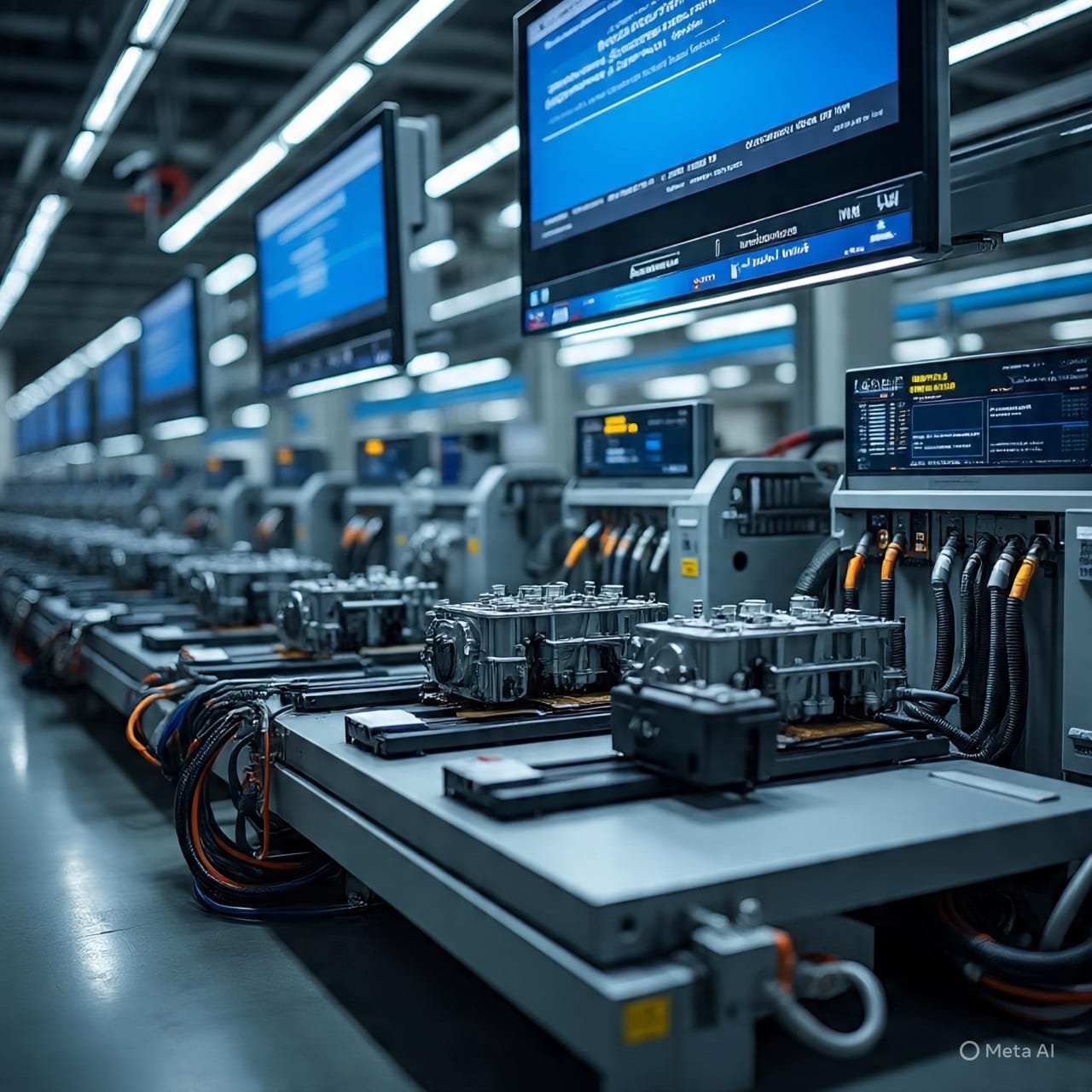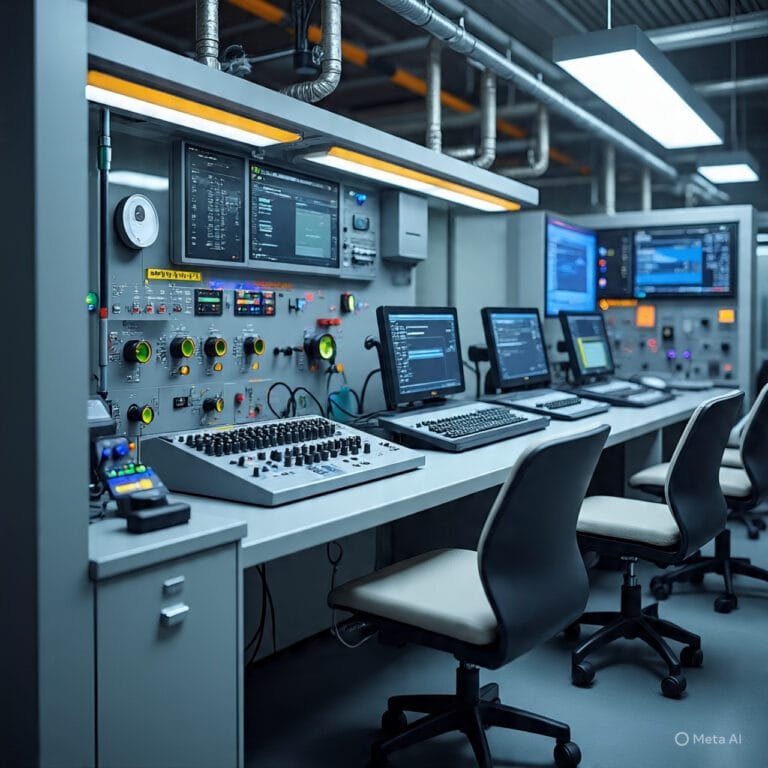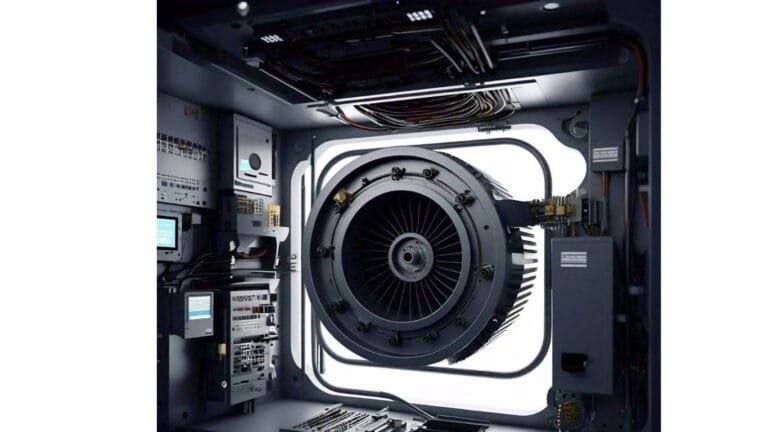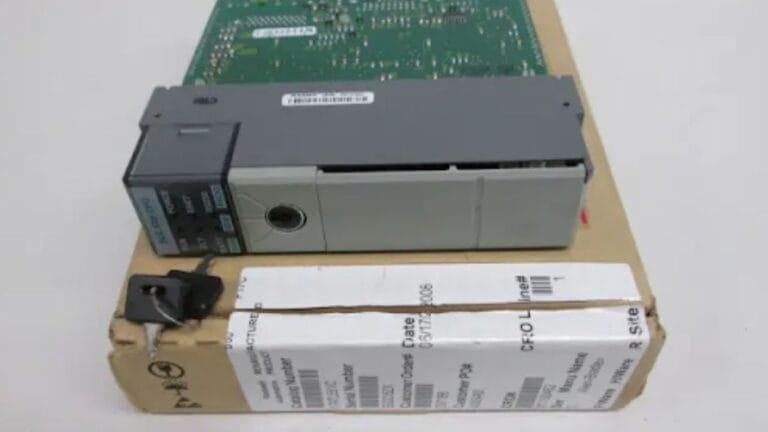How Automotive Plants Use PLC and HMI for Precision Control
In the fast-paced world of automotive manufacturing, precision, speed, and reliability are essential. Automotive plants today rely heavily on advanced automation technologies to meet production demands while maintaining top-quality standards. At the heart of this transformation are Programmable Logic Controllers (PLCs) and Human Machine Interfaces (HMIs)—two indispensable components that enable real-time control, monitoring, and optimization of manufacturing processes. This article explores how automotive plants use PLC and HMI for precision control, enhancing productivity and operational efficiency.
What Are PLC and HMI?
Understanding PLC: The Brain of Automation
A Programmable Logic Controller (PLC) is an industrial computer used to control various electromechanical processes in manufacturing environments. It operates using programmed logic to execute sequences of operations such as assembly, welding, painting, and quality inspection. PLCs are known for their robustness, high reliability, and ability to function in harsh industrial settings.
What Is an HMI?
An HMI (Human Machine Interface) is a graphical user interface that allows human operators to interact with machines and processes. Through the HMI, operators can monitor production lines, receive alerts, input commands, and adjust process variables. HMI displays can range from simple push-button panels to advanced touchscreen interfaces with real-time data visualization.
Importance of PLC and HMI in Automotive Manufacturing
Ensuring Precision and Repeatability
In automotive plants, precision is critical—even the slightest deviation can lead to defects that compromise vehicle safety and performance. PLCs enable highly accurate, repeatable operations by controlling robotic arms, conveyor systems, paint booths, and welding machines with millisecond-level timing and coordination.
The HMI complements this by allowing operators to visualize system parameters and make on-the-fly adjustments to maintain precision without stopping production.
Real-Time Monitoring and Fault Detection
Automotive assembly lines run non-stop, and downtime can result in significant losses. By using PLCs to collect and process real-time data from sensors and actuators, and HMIs to display this information visually, faults and inefficiencies can be quickly identified and resolved.
For example, if a robotic welder deviates from its programmed path or a conveyor motor overheats, the system triggers an alarm on the HMI. The operator can then diagnose the issue, often without halting the entire production line.
Applications of PLC and HMI in Automotive Plants
1. Robotic Welding Systems
Welding is one of the most critical processes in car manufacturing. PLCs precisely coordinate multiple robotic arms, ensuring they perform spot welding at exact locations. HMIs allow operators to monitor welding status, inspect cycle counts, adjust force parameters, and detect abnormalities like misalignment or insufficient welds.
2. Painting and Coating Lines
Automotive plants must deliver high-quality finishes without defects. PLCs manage the movement of painting robots, control spray parameters, and ensure proper drying times. The HMI provides real-time feedback on temperature, pressure, and spray flow, allowing for immediate adjustments to meet quality standards.
3. Assembly Line Automation
Automated assembly lines use PLCs to control conveyors, lift systems, torque tools, and pick-and-place robots. The PLC sequences the actions to avoid collisions and ensure synchronized operations. Operators use the HMI to select product variants, track assembly steps, and respond to faults or part shortages instantly.
4. Quality Inspection Systems
Automotive components are inspected using machine vision and sensors controlled by PLCs. These systems check dimensions, surface quality, and assembly accuracy. HMIs display inspection results, statistical process control charts, and historical data for quality assurance teams.
Benefits of Integrating PLC and HMI in Automotive Plants
Increased Productivity
PLCs automate complex tasks that would otherwise require manual labor and take more time. By enabling 24/7 operation with minimal human intervention, automotive manufacturers can boost output while reducing errors.
Enhanced Flexibility
Modern automotive plants produce multiple vehicle models on the same line. PLCs can be reprogrammed via the HMI to accommodate different models and parts, allowing quick changeovers and greater flexibility in manufacturing.
Predictive Maintenance
With real-time diagnostics and historical data from PLCs and HMIs, plants can implement predictive maintenance strategies. Instead of waiting for equipment to fail, maintenance teams can replace or service parts based on data-driven insights, minimizing downtime.
Safety and Compliance
PLCs ensure that machines operate within safe parameters, instantly shutting down processes if a hazard is detected. HMIs display safety warnings, standard operating procedures, and emergency instructions, enhancing workplace safety and regulatory compliance.
Future Trends: Smart Manufacturing and IIoT
Industry 4.0 Integration
The evolution of Industry 4.0 is bringing smarter capabilities to automotive plants. PLCs and HMIs are now being integrated with Industrial Internet of Things (IIoT) devices and cloud-based analytics, providing deeper insights into machine performance and production efficiency.
Remote Monitoring and Control
Modern HMI systems can now be accessed remotely via secure networks. Engineers and supervisors can monitor operations, update PLC programs, and respond to alerts from smartphones or computers—even when they are offsite.
Conclusion
In the highly competitive automotive industry, where efficiency, accuracy, and quality are paramount, PLCs and HMIs play a central role in achieving precision control. From robotic welding to final inspections, these technologies enable seamless automation, real-time monitoring, and agile production—all while ensuring safety and consistency.
As automotive plants continue to evolve with smart manufacturing, the integration of PLC and HMI systems with advanced analytics and remote access will only grow in importance. Manufacturers who embrace these tools are better positioned to meet the demands of tomorrow’s automotive market with precision, reliability, and innovation.





